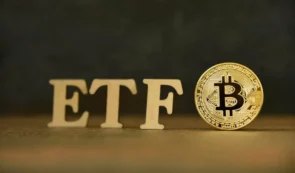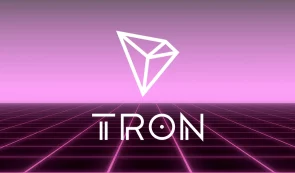Can Europe’s Bitcoin ETF Change the Crypto Landscape?

Europe recently made headlines with the launch of its inaugural spot Bitcoin exchange-traded fund (ETF) by Jacobi Asset Management, listed on Euronext Amsterdam.
This groundbreaking development, approved in 2021 after a two-year wait, marks a pivotal moment in Europe’s financial history and sets a precedent for other jurisdictions.
Europe’s commitment to digital assets has grown steadily over the last decade, from early crypto enthusiasts to major financial institutions exploring blockchain solutions. Regulatory discussions, like the European Union’s Markets in Crypto Assets (MiCA) regulation, have significantly shaped the digital financial landscape.
The spot Bitcoin ETF offers institutional and professional investors a regulated way to access Bitcoin’s potential without the security and storage concerns of holding Bitcoin directly. Jacobi’s ETF, under the ticker BCOIN, boasts stringent regulatory compliance for investor protection.
This move puts Europe ahead of the United States in adopting a spot Bitcoin ETF, potentially making it a hub for digital asset investments. The difference in regulatory approaches highlights the challenges and opportunities digital assets present.
The spot Bitcoin ETF’s introduction could pave the way for ETFs covering other major cryptocurrencies and drive more institutional investment into the digital asset space.
READ MORE: Crypto Guru Foresees Bitcoin Soaring: A Bullish Outlook
Traditional financial institutions are adapting to digital assets’ mainstream status, with banks forming partnerships with crypto companies. Grayscale’s legal victory against the U.S. SEC sets a precedent that may lead to more spot Bitcoin ETF approvals, increasing competition and potentially lowering fees for investors.
However, challenges exist, such as market volatility and regulatory uncertainties, emphasizing the need for vigilant oversight and investor education.
As Europe continues to navigate the evolving digital asset landscape, finding the right balance between innovation and regulation will be crucial for a stable financial future. Collaborative efforts, informed regulations and ongoing education are vital components of this journey.
















